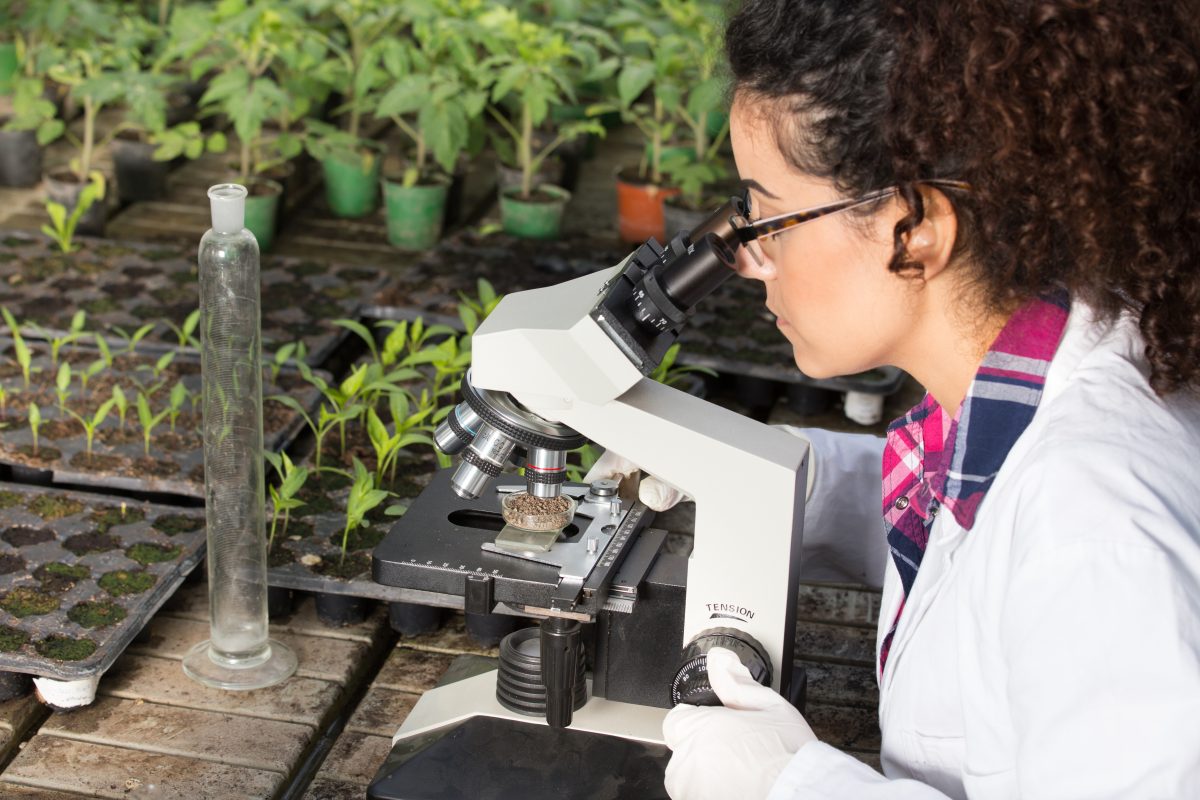Continuing the Steady March Forward
TOPICS
ResearchZippy Duvall
President

photo credit: Getty Images
Zippy Duvall
President
When I was a young man first starting out in dairying, I never imagined how much agriculture would change and the technology I’d have available at my fingertips. With the help of innovation, farmers and ranchers have risen to the challenge of providing a growing population with food, fuel and fiber—without using more land and resources. In fact, we would have needed nearly 100 million more acres 30 years ago to match today’s production levels.
In the past few decades, farmers and ranchers have built new automated livestock facilities, planted more drought-resistant crops, and adopted innovative climate-smart farming practices. New machinery allows us to do more with less, and precision ag technologies help us apply less pesticides, fertilizer and water. We only use exactly what we need, exactly where it’s needed. These and many other technologies were made possible through public investments in agriculture research. A recent study found that U.S. public agricultural research and development spending from 1910 to 2007 returned $17 for every $1 invested. I can’t think of many investments that bring those kind of returns today!
In just 30 years, the world’s population will reach 10 billion, and we will have to increase food production by as much as 70% to feed everyone.
Unfortunately, the U.S. is now trailing behind other countries like China, when it comes to these critical investments. The American Farm Bureau, in partnership with the Farm Journal Foundation, recently commissioned a report detailing how public research funding has remained flat for the past decade while our competitors have increased their funding for public ag research. While there have been significant private investments in research funding, these funds are targeted to high-value products in the most popular commodities, leaving a considerable gap that public research must fill.
In just 30 years, the world’s population will reach 10 billion, and we will have to increase food production by as much as 70% to feed everyone. With more urban and suburban expansion, we will likely have less farmland available to meet this growing challenge. Farmers and ranchers are counting on scientists and researchers to help us protect the food supply and meet our sustainability goals—just as we have adapted and grown for generations now.
We also must develop new tools to help our food supply chains quickly adapt in a crisis. At the onset of the pandemic, many Americans found empty store shelves and mile-long lines at local food banks. It became painfully clear that our just-in-time food system might need updating to be ready just-in-case of crises.
The report we commissioned on public research funding also showed that agriculture would benefit from public research investments in six key areas: crop breeding, crop protection, animal health, animal disease and foodborne illness, climate research, and food and agriculture supply chains. Discoveries in these fields would help agriculture meet the demands of a growing population and adapt to consumer trends. Luckily, we have existing research programs in place at land grant universities across the country that would quickly put increased research funding to work. Land grant universities not only have the researchers in place to develop new technologies, they also operate the county extension offices that farmers and ranchers, myself included, rely on for advice, expertise and guidance on the latest farming practices.
Our farms today look a lot different than they did just 20 or 30 years ago. We keep moving forward, looking for better ways to do things. Farmers don’t settle for “good enough.” Every season farmers and ranchers are committed to fulfilling our mission to deliver nutritious and sustainable food, fuel and fiber for everyone. Unlocking innovative new solutions through public agriculture research is an important investment in the future of our food supply. We can’t afford not to.
Zippy Duvall
President
Vincent “Zippy” Duvall, a poultry, cattle and hay producer from Greene County, Georgia, is the 12th president of the American Farm Bureau Federation.